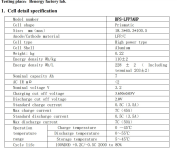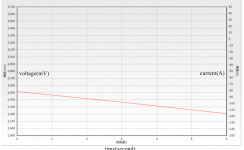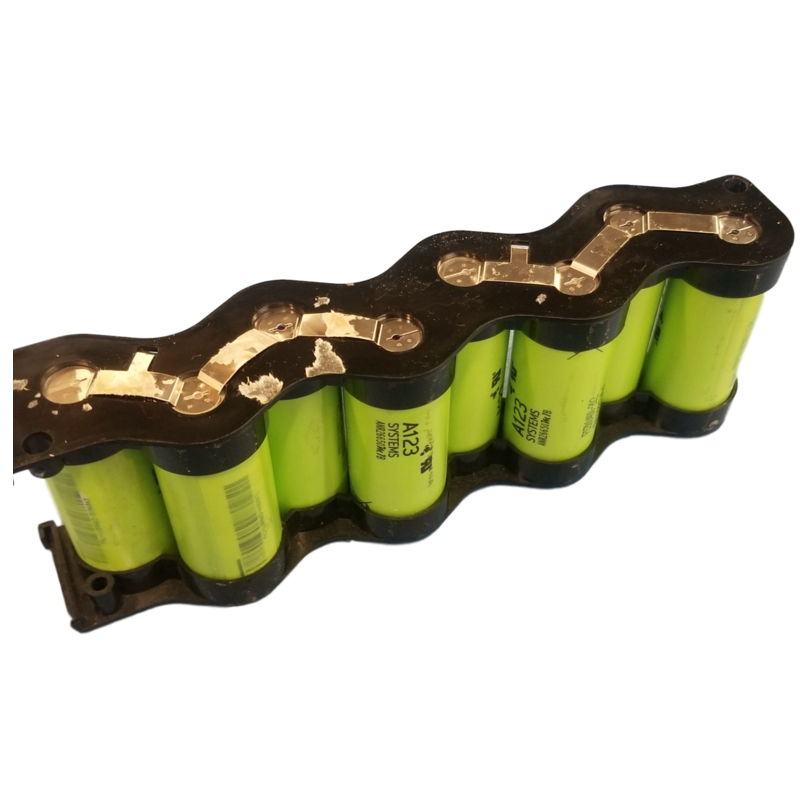sharinginfos
100 W
- Joined
- Sep 1, 2022
- Messages
- 172
Hi
i found a cell that is prismatic and light (not sure if plastico or aluminium encassed at 0.2kg) it is called BPS-LFP7AHP.
my need is to create a light 48v lifepo4 battery to go up hills without long distance. 7amphour seems ok but i wonder if they deliver continous amps as mentionned.
At the moment i have a xiongda 2 speed hub(asks 20apms) but i have read that we should build a battery thinking about possible motor improvements(maybe a BBs02 later(asks 18amps). is 30Amp continous a good thing to aim at to start with ?
The stat of the cells on website are different from the testing report benergy sent me. The complete report is in attached files . below also a graphic they sent me about 410amp discharge curve. the webpage wich they say is not updated is https://www.benergytech.com/Lifepo4-Battery-3-2V-7AH-Prismatic-Cell-pd44615319.html
Does the testing report looks like good quality cell? Can i expect them to deliver 7C 50amps continous discharge as they write? or what would it look like in real live? it says standard discharge 0.5C is 3.5Amp. is this suspicious?
what to expect? any comments or advice is welcomed.


i found a cell that is prismatic and light (not sure if plastico or aluminium encassed at 0.2kg) it is called BPS-LFP7AHP.
my need is to create a light 48v lifepo4 battery to go up hills without long distance. 7amphour seems ok but i wonder if they deliver continous amps as mentionned.
At the moment i have a xiongda 2 speed hub(asks 20apms) but i have read that we should build a battery thinking about possible motor improvements(maybe a BBs02 later(asks 18amps). is 30Amp continous a good thing to aim at to start with ?
The stat of the cells on website are different from the testing report benergy sent me. The complete report is in attached files . below also a graphic they sent me about 410amp discharge curve. the webpage wich they say is not updated is https://www.benergytech.com/Lifepo4-Battery-3-2V-7AH-Prismatic-Cell-pd44615319.html
Does the testing report looks like good quality cell? Can i expect them to deliver 7C 50amps continous discharge as they write? or what would it look like in real live? it says standard discharge 0.5C is 3.5Amp. is this suspicious?
what to expect? any comments or advice is welcomed.




